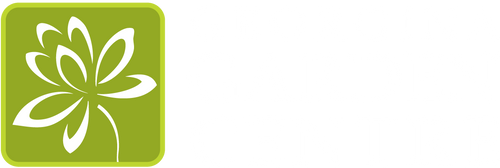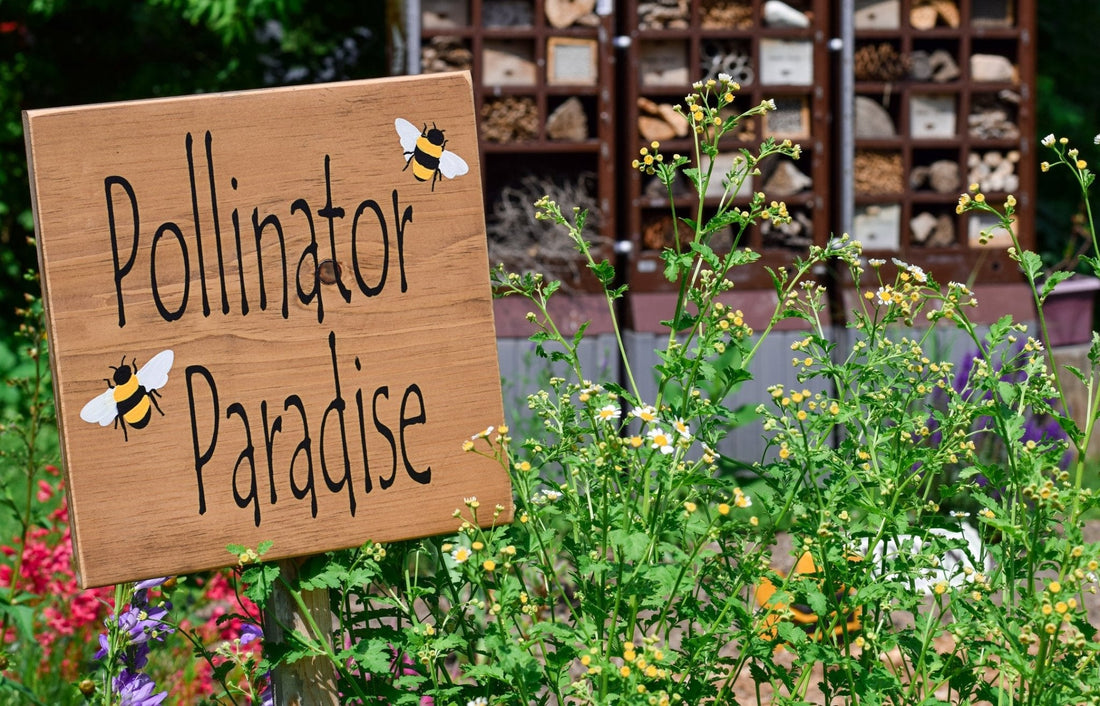Buzz Off: Creating a Pollinator and Native Plant Garden
Hey garden warriors, let's dive into the world of pollinator and native plant gardens. If you're in Georgina or Lake Simcoe area, this blog is your ultimate guide to turning your yard into a buzzing, fluttering paradise. Let's break it down with the classic who, what, where, when, and why.
Who Are the Pollinators?
Pollinators are nature's matchmakers, setting up dates between plants and ensuring we have food to eat and flowers to admire.
They include:
- Bees: The OGs of the pollination world.
- Butterflies: The fancy flyers that bring a touch of magic.
- Moths: The night shift workers.
- Beetles: The underrated champions.
- Birds: Especially hummingbirds, the nectar connoisseurs.
- Bats: Yes, some bats are into flowers, too!

What Are Pollinator and Native Plant Gardens?
These gardens are all about giving a VIP section to our pollinator pals. They combine native plants (the locals) with flowers and shrubs that are irresistible to pollinators. Native plants are those that have been chilling in your area for centuries, and they're perfectly adapted to your local climate and soil. They're low-maintenance and high-reward, which is exactly what we like.
Where Should You Plant These Gardens?
Anywhere and everywhere, baby! But for the best results:
- Sunny Spots: Most pollinators love basking in the sun.
- Sheltered Areas: Wind protection helps keep your garden a pollinator haven.
- Water Sources: A little birdbath or a shallow dish with pebbles works wonders.
If you're limited on space, even a balcony or a window box can become a mini pollinator hub. Every little bit counts.

When to Plant?
The best time to plant your pollinator and native garden is anytime! Spring planting gives your plants a whole growing season to establish. Summer planting gives you an idea of what each plant will look like as it has been growing at the nursery ready and waiting for you; while fall planting allows roots to develop before winter hits and is ready and raring to go in the following spring.
Why Do You Need These Gardens?
- Biodiversity Boost: Native plants support a variety of wildlife, including pollinators.
- Ecosystem Health: Healthy pollinator populations mean healthy ecosystems.
- Food Production: Pollinators are essential for fruits and veggies. No bees, no berries.
- Low Maintenance: Native plants are hardy and adapted to local conditions.
- Beauty and Serenity: A garden buzzing with life is a joy to behold.

The Role of Native Plants
Native plants are like the reliable friends who show up on time and bring snacks. They're crucial because:
- Adapted to Local Climate: They thrive in local conditions without needing extra water or fertilizers.
- Support Local Wildlife: They provide food and habitat for native species.
- Prevent Invasive Species: They keep the ecosystem balanced and healthy.
Creating Habitats for Pollinators
To make your garden a five-star resort for pollinators, consider these tips:
- Diverse Plantings: Mix it up with different species that bloom at various times.
- Continuous Blooms: Ensure there's always something flowering from spring to fall.
- Shelter and Nesting Sites: Leave some bare ground for ground-nesting bees, and incorporate features like bee hotels or logs.
- Avoid Pesticides: They harm more than just pests. Opt for natural pest control methods.

Plant Recommendations for Growing Zone 5
Here are some superstar native plants that will make your garden the talk of the pollinator town:
- Milkweed (Asclepias spp.): A butterfly favourite, especially for monarchs.
- Purple Coneflower (Echinacea purpurea): Hardy, beautiful, and loved by bees.
- Black-Eyed Susan (Rudbeckia hirta): Bright and cheery, perfect for pollinators.
- Golden Alexanders (Ziza Aurea): Attracts bees and butterflies with its beautiful yellow blooms.
- Serviceberry (Amelanchier spp.): A shrub that offers early spring flowers and berries for birds.
So there you have it, folks. Creating a pollinator and native plant garden is like hosting a backyard party that everyone wants to attend. It's fun, it's rewarding, and it makes a real difference to the environment. Plus, who doesn't want to hang out in a garden that's buzzing with life and colour? Get planting, and may your garden be ever in bloom and brimming with bees!
Happy gardening!




